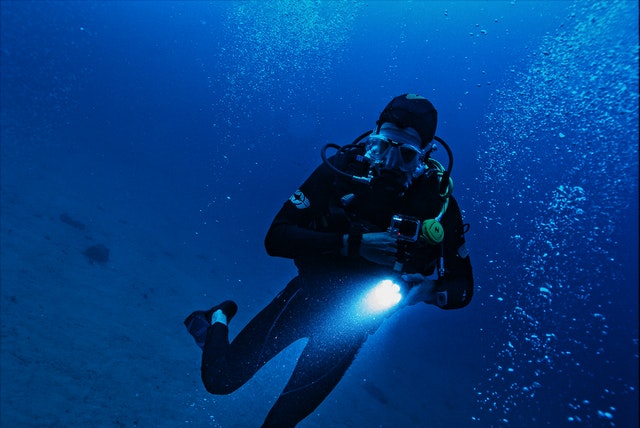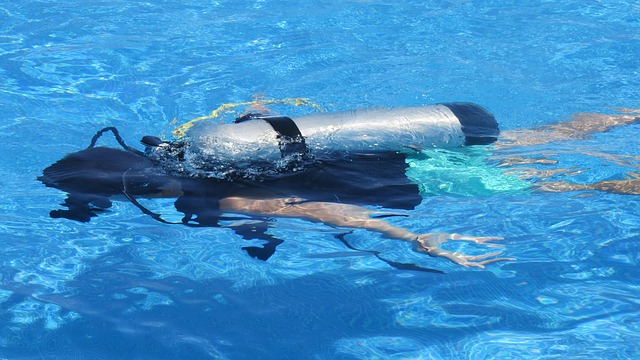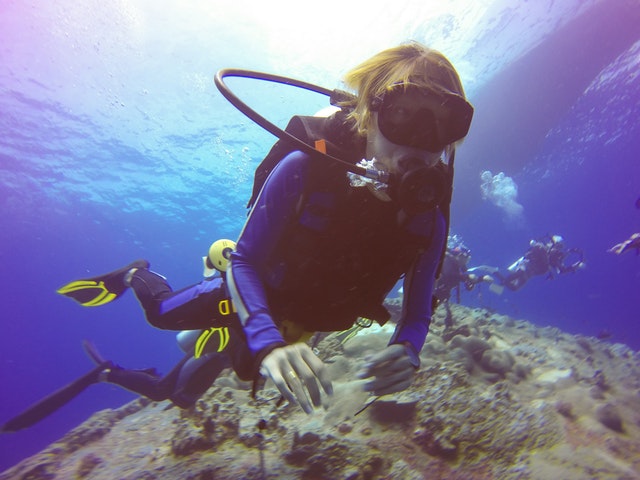Cave Diving Basics
As the name describes it, this is the type of diving that is done in water-filled caves. It’s exciting! And yes, a little terrifying. But I don’t think you should limit yourself the experience just because you’re scared. This article is for describing to you what you might encounter when you start with this new sport and to help you gain a little knowledge about the requirements it might bring to you.

Controlling Your Stress Underwater
Staying calm is an important matter at the moment any kind of scuba diving. This is a sport in which you get yourself in an intimidating, scary situation and whatever stress you might hold on to while performing it might cause several undesirable incidents.
Rest easy about this, because there are things called “drills” that simulate any difficulties you might encounter while cave diving that helps to comprehend and practice how to respond and resolve any possible circumstance. Between the different-case scenarios, the “drills” emulate are: running out of air, air leaks, losing your buddy, difficult with the visibility, and combinations of all of these.
Cave diving courses contain a lot of swimming “blind” in zero visibility which may be accomplished either by obscuring/turning the mask or switching off all the torches.
These “drills” are stressful, I know, and they are also difficult, that’s why it’s so important to learn how to pass through them successfully to learn to stay calm when the situation becomes serious. I recommend that you figure out if you can handle such stressful situations before taking the cave course.
Preceding Scuba Training
If you don’t have any previous experience with scuba or cave diving, then you must get a little knowledge about tanks and breathing techniques before starting your own training.
In fact, try to get as much knowledge about overall underwater diving as possible, especially about using double tanks or rebreathers as more experiences divers do.

Equipment
The equipment is probably one of the most important parts of cave diving, if not the most important one. Many cave divers are currently using back mounts as their dive tanks, although side mount is growing in popularity as time passes. Both have advantages and disadvantages, so this issue is more about your personal preferences, but it’s important to decide before starting the course which one you would want to use and feel most comfortable with.
If possible, gather all the necessary equipment before starting your course in order to get used to your newly acquired gear. A diving kit is not cheap, so you can rent if you prefer it that way.
Prices of Cave Diving Courses
The courses differ in price depending on which agency you enroll and where it is located. The training is usually separated into 3 parts; “cavern”, “intro to cave” and “full cave”. The first two take from 5 to 10 days and it’s recommended to start with this two and then perform some cave diving at this level; then, after gaining experience in different caves, you can continue with the “full cave” part that usually takes another 4 to 6 days.
Further Practice
Make sure you’ll be making some more cave diving in the future after your training is done. For practice, mostly. You might become sloppy if you don’t put what you learned into action and it might bring consequences in whatever future attempts of cave diving you may try in the future.
